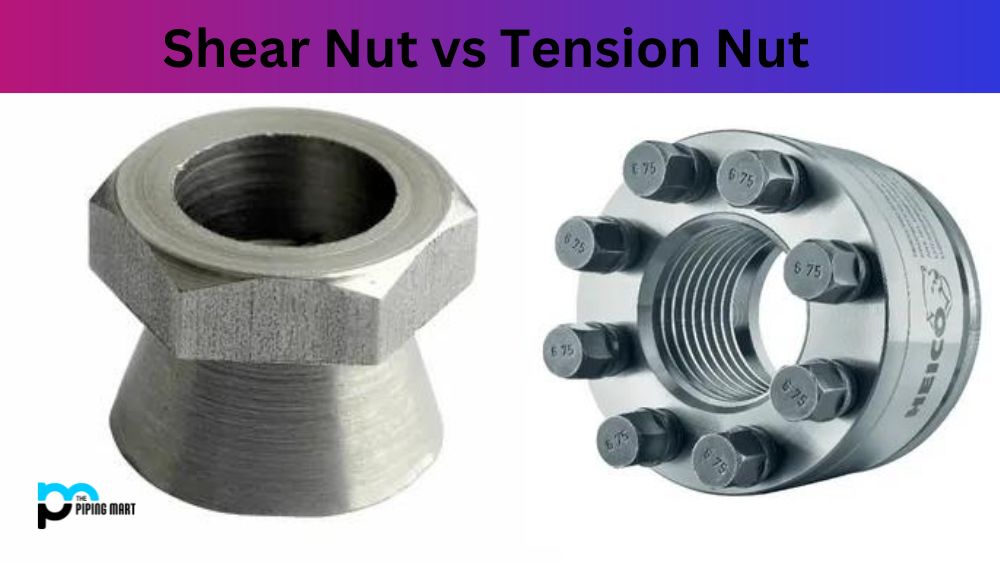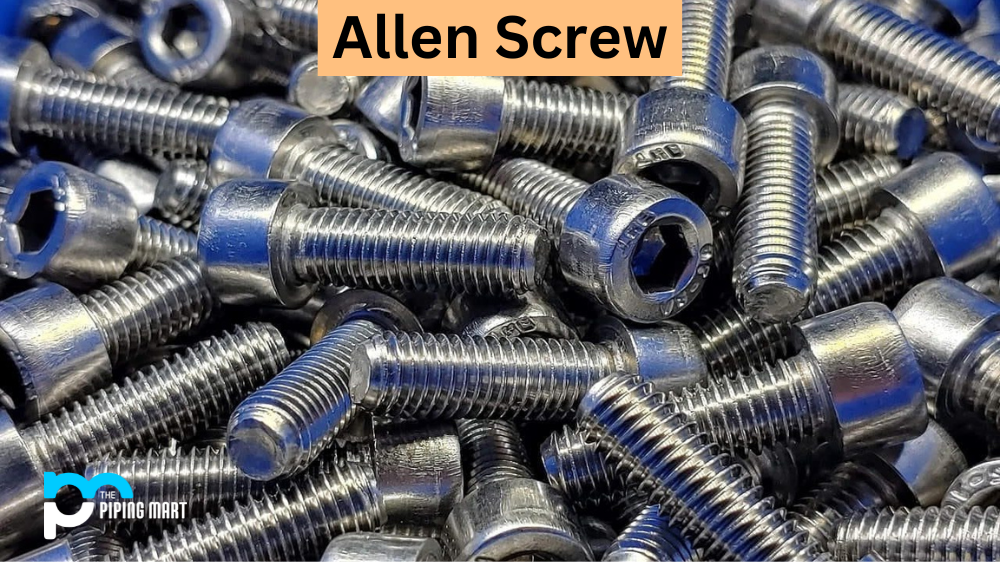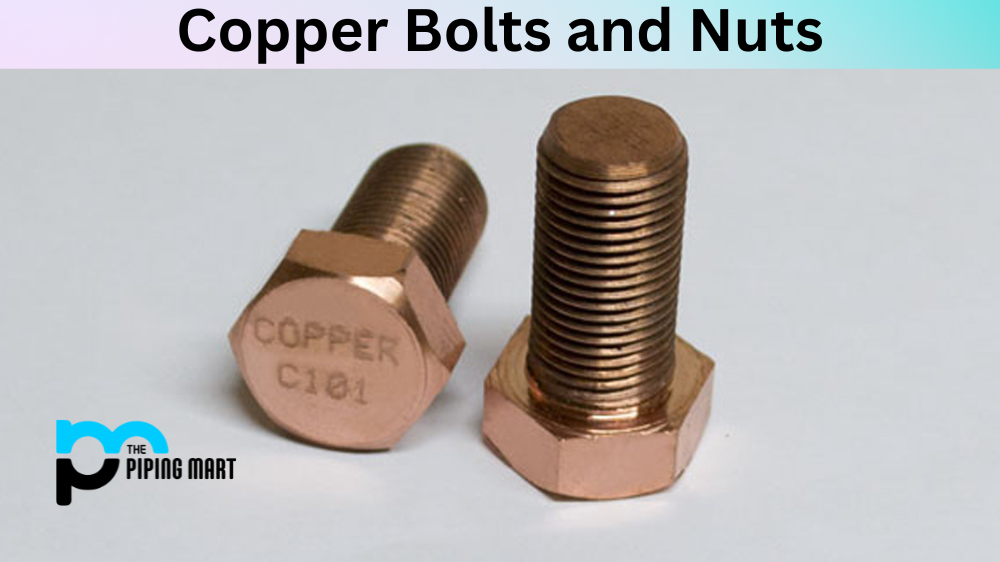When it comes to fastening bolts, nuts are essential. From everyday items like bicycles to massive structures like buildings and bridges, nuts and bolts create the foundation of many structures around us! While most of us are familiar with the more common types of nuts available in the market, the shear nut and the tension nut are two types that only a few know about. In this blog post, we will explore what sets a shear nut apart from a tension nut so you can make an informed decision when deciding which type to use for your project.
What is Shear Nut?
A shear nut, or a locking nut, is a threaded fastener with an internal thread and an integral serrated locking feature to resist loosening due to vibration or other forces. It is used with a bolt, typically in applications such as the mounting of engines or heavy machinery where fasteners must stay secure. The shear nut works by preventing rotation of the bolt when engaged while allowing removal for maintenance or replacement if needed.
What is Tension Nut?
A tension nut is a threaded fastener that creates a stronghold when tightened. It works by applying pressure to the screw thread and compressing the threads together, thus creating a secure locking motion. With its rugged construction, it can withstand high forces and distribute them evenly across multiple areas, making it ideal for use in heavy-duty applications.
Difference Between Shear Nut and Tension Nut
Purpose:
The first significant difference between a shear nut and a tension nut is the purpose they serve. A shear nut is designed to resist shear forces. Shear forces are a type of force that works in one direction and tries to move two surfaces past each other. In contrast, a tension nut is designed to resist tensile forces, which are forces that pull a nut in opposite directions.
Design:
Another difference between a shear nut and a tension nut is their design. A shear nut has a larger diameter at the bottom and a smaller one at the top, making removing it almost impossible once it is tightened. In contrast, a tension nut has a uniform diameter throughout its length, making it easy to remove or loosen if necessary.
Material:
Shear nuts are made from stronger materials like hardened steel, whereas tension nuts are typically made from stainless steel or other materials less likely to rust. The stronger the material, the more resistant a shear nut will be to shear off under load.
Application:
Shear nuts are commonly used in areas with a high risk of theft, like on public infrastructure such as traffic signals, where they prevent thieves from using pliers or other tools to remove the nuts. Tension nuts are used when there is a possibility that loads will shift slightly or when an application needs the ability to remove or adjust the nut later.
Functionality:
The primary function of a shear nut is to resist any force, which could result in shearing, while tension nuts resist any force, which could cause tension. This key functional difference means the two nuts are used in different applications. Generally speaking, if you need to fix something that carries a significant load, use a shear nut. On the other hand, if you want to join two parts together without applying stress to them, a tension nut may be a good choice.
Conclusion:
In conclusion, shear and tension nuts are two distinct types of nuts, each serving a different purpose. Understanding their differences is essential to ensure that the right type of nut is used for the right job. When you know what type of forces your project needs to withstand, the nut’s design, and the installation methods, you can choose the right nut for your needs. This blog post has given you a good overview of the differences between these two fastening options so you can make a more informed decision when choosing between them.

Meet Bhavesh, a seasoned blogger with a wealth of knowledge and experience. From metal products manufacturing to retail, Bhavesh has a diverse background in various industries and is dedicated to sharing his insights and expertise with readers.




